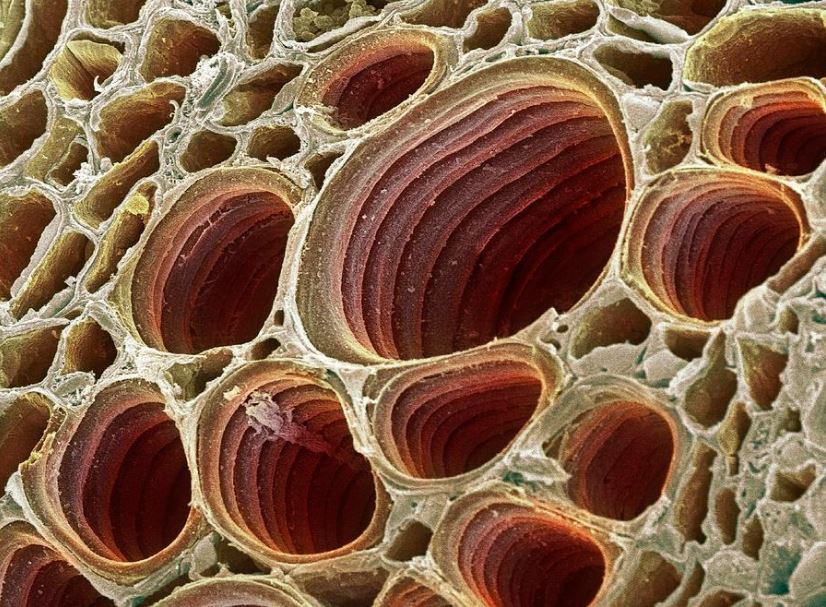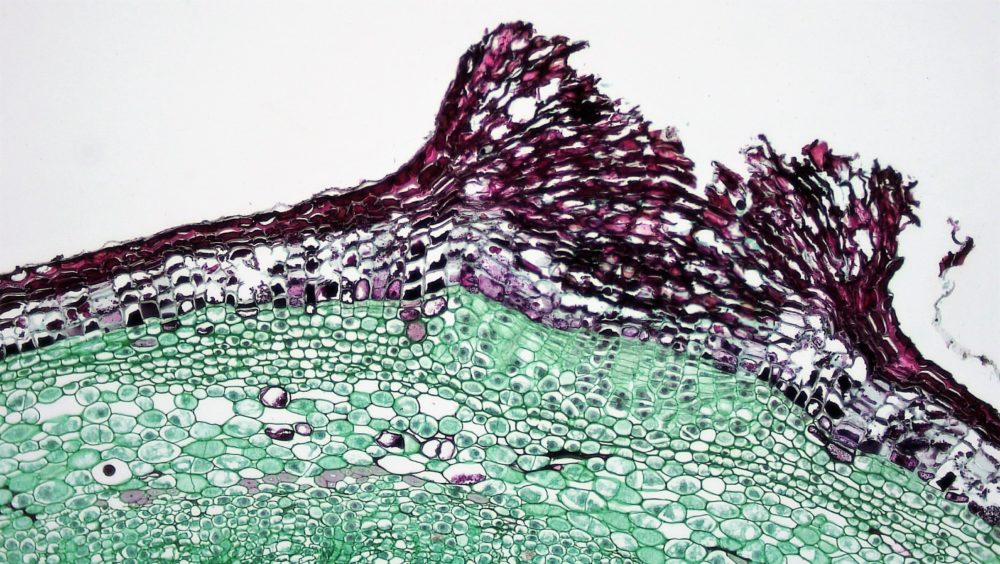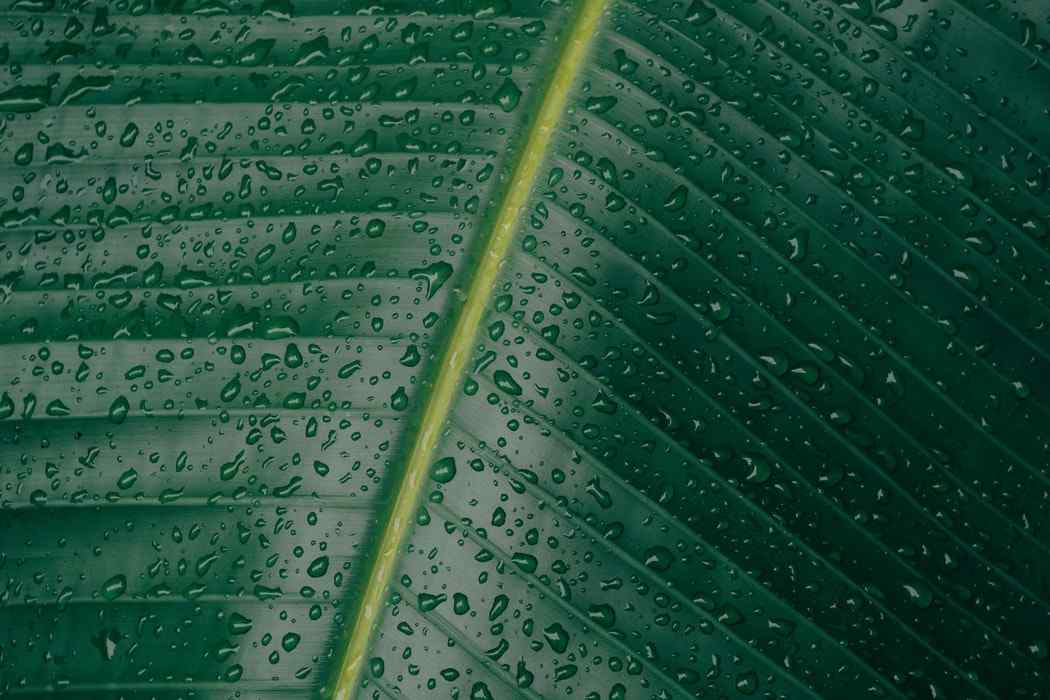As a grower, one of the most important things to understand is plant transpiration and one of the handiest skills is learning to play within the boundaries of the drying power of your air, otherwise known as Vapour Pressure Deficit, or Difference.
To understand how to measure this difference, read our post about Vapour Pressure Deficit. To understand the natural processes involved and why it is crucial to achieving full plant potential, keep reading.
Since plants need to work against gravity to get nutrients and water from the ground up to their leaves, but have no heart to pump liquids, they rely on transpiration.
Transpiration like perspiration is the release of water, but with one very big difference. Perspiration is an active mechanism whereas transpiration is a passive one, which relies on the ever-present combined forces of osmosis, gravity and surface tension of water to drive the movement of water throughout the plant. This drive is the water potential.
To understand plant transpiration, it’s easiest to imagine how water moves through a plant.
Nutrient-dense water gathering starts at the tiniest root hairs (rhizoids)

as mineralized water comes in contact with the root & travels through layers of cells (via osmosis) to reach the xylem (central vein) then rises to the leaf.
Since nutrients are often found in forms both accessible and inaccessible for plants, when a plant can’t access or process available nutrients, it signals specific microbes, bacteria and mycorrhizal fungi who have evolved to help the plant. If they are present and turn up, they create symbiotic relationships and help the plant to get the otherwise inaccessible nutrients.
Though water is the nutrient carrier for almost all life, different organisms utilise water differently.
The one major difference between animals and plants is that animals cool down by perspiring (panting or sweating) and plants by transpiring (controlled sweating). This means they cool off by releasing moisture onto their leaves and use the Difference between the Vapour Pressure in the plant and Vapour Pressure of the environment to help them draw water and nutrients through the plant.
Mechanisms of Plant Transpiration
So, as plants cool off, nutrient dense water absorbed by the tiniest root hairs moves up via the xylem to the stem and leaves.
The xylem is a one-way chain of vessel-like transport tissues.

As nutrients travel through the xylem, they are separated from the water, which is then disposed of via the stem and leaves. There are three distinguished areas of transpiration in the plant, the stem (lenticular), the top side of the leaf (cuticular) and the underside of the leaf (stomatal).
Lenticular Transpiration

Lenticular transpiration refers to water released via the surface of the stem, and the cells managing it are called lenticels. To the left you can see lenticels on a birch tree.
The porous lenticels allow air to reach the inner cells of the plant and water to evaporate. As photosynthesis does not occur in the stem, carbon dioxide (CO2) entering lenticels does not matter. Below is what a lenticel looks like up close.

Cuticular Transpiration
Transpiration happening on the surface or top-side of the leaf is called cuticular transpiration. Leaves are covered with a variable waxy layer of cuticles which help reduce the amount of transpiration taking place, allowing the plant more control over water loss. The cuticular layer is the smooth waxy part of the leaf which has no visible openings.
Stomatal Transpiration
On the undersurface of the leaf, you have cells called the stomata (singular ‘stoma’).

Stomata are little mouth-like openings on the underside of the leaf that allow the movement of gases and vapour from and to the plant.
The opening and closing of stomata are regulated by guard cells (the lips of the opening) taking in potassium (K+) and chloride (Cl−) ions as well as sugars.
The excess of these larger ions causes osmotic water flow through the semipermeable guard cells and as a consequence they swell up and the stomatal pores open. Since the inside of a plant is extremely moist, the air between the mesophase cells (semi-liquid/semi-solid) becomes saturated (100% humid).
As the stomata cells open, the external (non-saturated) environment begins to pull and disperse the saturated vapour from the cells closest to the stomatal openings. These cells, in turn, start to pull vapour from the next closest and so on down the xylem to the root hairs. It is this pulling force plants use to help suck up nutrients and water from the soil.
The stomatal openings allow water vapour to exit and carbon dioxide (CO2) to enter and enable photosynthesis.
To further help the plant to control the rate of transpiration, there is a variable thin boundary layer of still air around the surface of the outer layer of a plant. The plant changes the thickness of the boundary layer in different structural ways, either by growing hairy leaves, sinking stomata or just growing (since as the leaf grows, so does the boundary layer, thus reducing transpiration rates).
Should water loss be greater than intake, bubbles can form in the xylem, causing unnecessary stress to the plant.
Of all the water absorbed by the plant, up to 95% is lost to transpiration and only around 5% is utilised for plant growth.
It is also important to remember that rates of transpiration depend on the water potential gradient from the soil to the atmosphere and the related resistances to its movement through the plant.
In summary:
- Water enters the root and travels through the layers of cells to reach the xylem then ascends to the leaf.
- Water lost to the plant is replaced by simultaneously absorbing water from the soil. Meaning a continuous column of water and nutrients via the main vein, called the xylem.
- The process of drying (by transpiration) provides the plant with a constant pressure difference between the air and the leaf. Plants use this pressure difference to provide an evaporative cooling and nutrient delivery system; gaseous exchange and a rigid plant structure.
Plants need to grow within the correct balance of temperature and humidity they have evolved with. To grow anything near its full potential you need to find and maintain the right balance between the temperature and moisture of the growing environment, because:
- The drier and hotter the atmosphere, the greater the force pulling water from the underside of the leaf, increasing nutrient uptake, transpiration, and cooling.
When the transpiration rates become intense (too dry or/and too hot) plants can pull up too many nutrients (and develop nutrient toxicity), which can negatively affect plant growth and health. If more water is being transpired than pulled up, the plant can experience water stress from bubbles forming in the xylem. Alternatively, if temperatures are too high plants can overheat, wilt and eventually die. - The wetter and cooler the atmosphere, the lesser the force drawing water from the underside of the leaf, decreasing plant nutrient uptake and transpiration. If the environment becomes too moist or cold, plants can develop mould or freeze and die.
Now that you know how the plant gets its goods, we suggest you up your grow and read our post about Vapour Pressure Deficit.
Peace and adios for now

